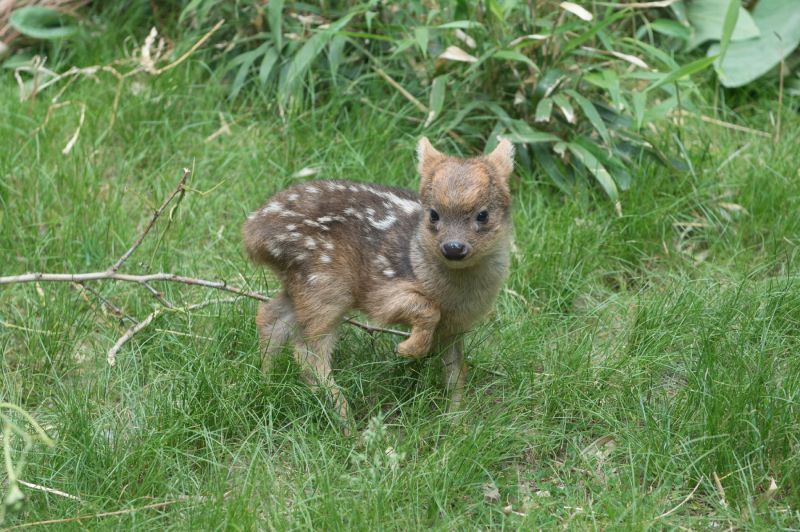Zoo Animal Babies: A Look at Adorable New Arrivals
Many zoos around the globe are celebrating the births of adorable animal babies, providing insights into their conservation efforts. This article explores some of the most beloved and rare species that have recently welcomed new additions.
Remarkable Species Giving Birth
-
Red Ruffed Lemur

A red ruffed lemur was born at the San Diego Zoo in May. This rare species is only found in one region in the world: the Masoala Peninsula in Madagascar. -
Southern Pudu

A southern pudu fawn, born in May 2015, walks in its enclosure at the Queens Zoo. The pudu is the world’s smallest deer species. -
Giant Panda Twins

Giant panda Lun Lun gave birth to twins at Zoo Atlanta in July 2013, making them the first giant pandas to be born in the United States in that year. -
Sumatran Orangutan

Pongo, a Sumatran orangutan, was born at Zoo Atlanta via cesarean section in January 2013. Intensive care was provided by zoo staff for first-time mom Blaze.
Continued Conservation Efforts
Each new birth is not only a cause for celebration but also offers insight into the conservation strategies that zoos and wildlife reserves are employing. For instance, the birth of endangered species such as the greater one-horned rhino and Asian elephants highlights the effectiveness of breeding programs aimed at increasing population numbers.
Conclusion
Adorable animal babies represent hope for species facing extinction. They serve as a reminder of the ongoing effort required to ensure their survival. Conservation programs play a crucial role in educating the public about endangered species and fostering a sense of responsibility in protecting our planet’s wildlife.




